While browsing Pinterest, you spot a set of handcrafted ceramic mugs from a local brand. Interested, you click the Pin, which takes you to the brand’s Instagram profile. After exploring their feed, you tap on their bio link to visit their mobile site and add the mugs to your cart but decide to hold off on the purchase.
The next day, you visit the brand’s website and find the mugs in your cart. You see the product details and sign up for their newsletter, receiving a welcome discount code. Despite this, you decide to wait a little longer.
That evening, you receive an email reminder about your cart, highlighting that the mugs are selling fast. This urgency enables you to complete the purchase using the discount code. Shortly after, you get an order confirmation via email, along with personalized recommendations for other products you might like.
This story demonstrates an omnichannel eCommerce experience, seamlessly integrating social media, mobile, desktop, and email to create a unified and engaging shopping journey.
Sounds interesting?
Keep reading to explore everything about Omnichannel eCommerce!
Difference Between Omnichannel vs Multichannel eCommerce
Omnichannel and multichannel eCommerce are two strategies businesses use to interact with customers across different platforms, but they differ significantly in their approach and execution.
To give you an idea about their differences, here is a table-
| Aspect | Omnichannel eCommerce | Multichannel eCommerce |
|---|---|---|
| Definition | Integrated approach where all channels work together | Multiple independent channels for selling products |
| Customer Experience | Seamless and unified across all platforms | Varied experiences depending on the channel |
| Channel Integration | High level of integration between channels | Little to no integration between channels |
| Business Focus | Enhancing customer satisfaction and brand consistency | Expanding reach and maximizing exposure |
| Shopping Continuity | Allows continuity across channels (e.g., cart, history) | No continuity between channels (independent experiences) |
| Brand Presence | Consistent brand experience across all touchpoints | Different experiences and possibly inconsistent branding |
| Primary Goal | Customer loyalty and convenience | Sales growth through increased platform presence |
Adopting an omnichannel or multichannel approach completely depends on your business strategy. But we will suggest you to take the omnichannel to improve your conversion rate. Otherwise, depending on only one channel, you may lose some customers at some point in the funnel.
Benefits of Omnichannel eCommerce Strategy
Of course, there are quite a few benefits of adopting an omnichannel eCommerce strategy. There are reasons why it has become so popular in the marketing industry.
Here are a few reasons why you should adopt an omnichannel marketing strategy-
1. Unified Brand Messaging
One of the primary advantages of omnichannel eCommerce is delivering the same brand message across all channels. Regardless of where customers encounter your brand—whether in-store, on social media, or via email—the brand message remains the same.
This unified approach reinforces brand identity and builds trust with customers.
2. Improved Customer Experience
Omnichannel eCommerce ensures customers enjoy a seamless and consistent experience across all channels.
It doesn’t matter whether they’re shopping on a mobile app, website, or in-store, customers can easily switch between channels with their order history, payment details, and cart contents intact.

This level of convenience greatly improves the overall customer experience.
3. Increased Sales and Traffic
Omnichannel eCommerce makes it easier for customers to make purchases as it provides a consistent shopping experience across multiple channels.
Studies show that omnichannel shoppers spend more than those who shop through a single channel. Also, according to Google, 53% of shoppers say they always research before they buy to ensure they’re making the best possible choice.
So, integrating marketing campaigns across various platforms also helps capture and engage customers at different stages of their buying journey, leading to higher sales and traffic.
4. Increased Brand Loyalty
A consistent and personalized omnichannel experience encourages repeat business and fosters brand loyalty.
Customers who engage with a brand through multiple channels are more likely to return for future purchases and recommend the brand to others. This loyalty translates to a higher customer lifetime value.
5. Deeper Customer Insights & Data Collection
Omnichannel eCommerce enables businesses to collect and merge data from all customer interactions across various channels.
This data provides valuable insights into customer behavior, preferences, and trends. That allows businesses to make more informed decisions regarding marketing strategies, personalized offers, and product development.
6. Personalized Customer Service
By understanding the customer journey through data collected from multiple channels, businesses can create a more personalized shopping experience.
Omnichannel customers expect a tailored experience, and meeting this expectation can lead to higher customer satisfaction and a 30% increase in their lifetime value compared to single-channel shoppers.
These benefits are too good to overlook and it is high time you should start considering it if you are still confused.
Common Challenges with Omnichannel eCommerce
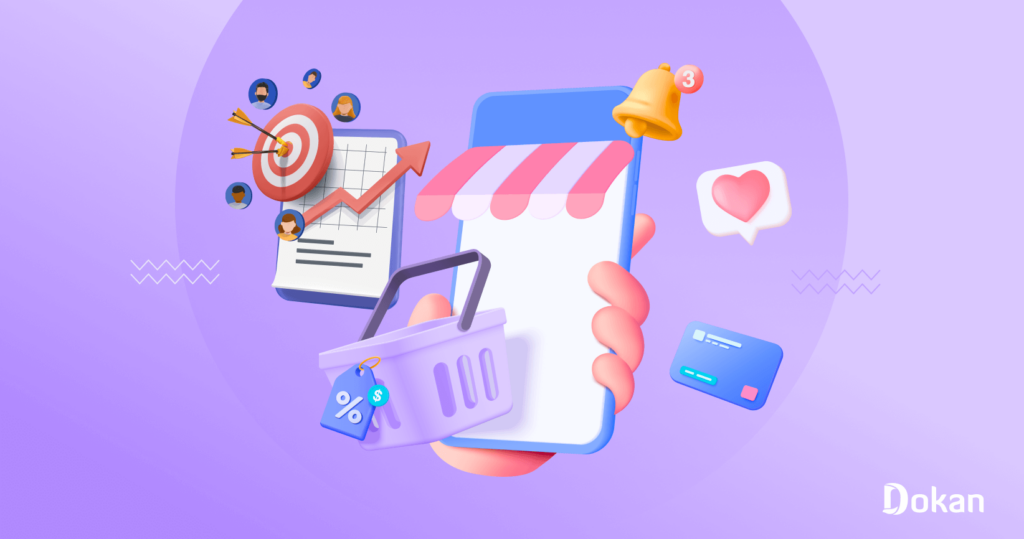
Undertaking a somewhat complicated method of omnichannel marketing has its challenges. But don’t worry, you can overcome these challenges with the right guidance and strategy.
Some of the challenges are-
1. Real-Time Inventory Management
Maintaining accurate real-time inventory across all sales channels is a significant challenge in omnichannel eCommerce.
Inaccurate stock levels can lead to overselling, where an item appears available online but is actually out of stock in-store or at the warehouse. This issue can result in lost sales, dissatisfied customers, and a negative shopping experience.
Centralizing inventory data and ensuring real-time visibility is essential to overcoming this challenge.
2. Managing Fulfillment Complexity
Fulfilling orders in an omnichannel environment can be complex, as customers may choose different order methods. Such as buying online and picking up in-store or returning an online purchase to a physical location.
Without a unified system to track and manage these different order options, the process can become disorganized, leading to delays and customer frustration.
3. Maintaining Consistent Customer Service
Providing consistent customer service across all channels is important in omnichannel eCommerce.
Customers expect the same level of support whether they reach out via email, social media, or in-store. Inconsistent customer service can lead to miscommunication and a poor customer experience.
Integrating customer touchpoints into a single platform can help ensure that customer service representatives have the full context of every interaction. It enables more effective and synchronized support.
4. Ensuring Brand Consistency Across Channels
Delivering a consistent brand experience across all channels is a major challenge in omnichannel eCommerce.
Customers expect the same branding, messaging, and service. Inconsistencies can lead to confusion and dissatisfaction.
A well-structured omnichannel strategy is necessary to ensure that all touchpoints are aligned with the brand’s identity and messaging.
5. Attributing Sales to Specific Channels
In an omnichannel environment, customers often interact with multiple touchpoints before making a purchase, making it difficult to attribute sales to specific channels accurately.
For example, a customer might discover a product on social media, research it on Google, and then purchase it in-store.
Properly attributing sales is significant for understanding the effectiveness of different channels and optimizing marketing efforts. Implementing attribution models and using tools like QR codes and unique landing pages can help track customer journeys more accurately.
How to Implement an Omnichannel eCommerce Strategy
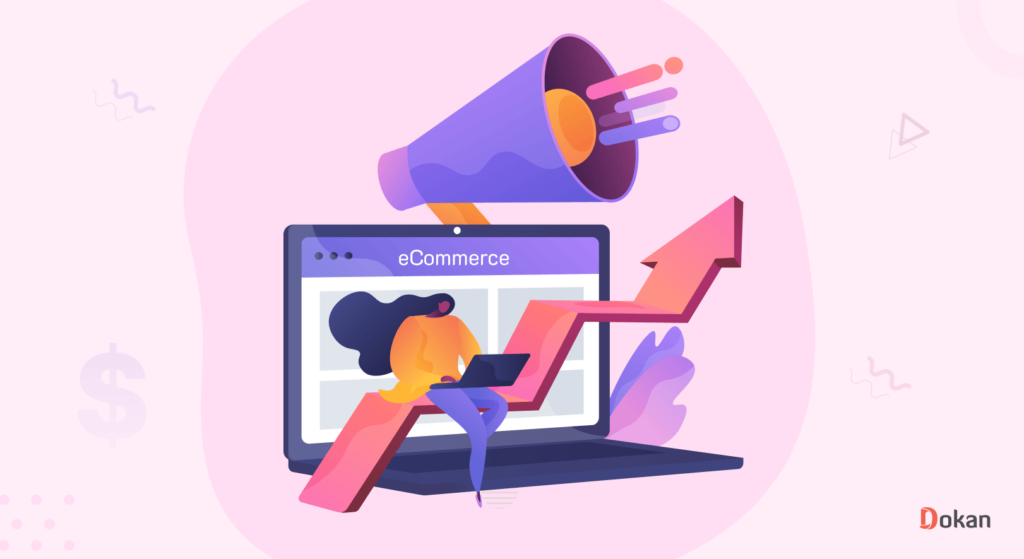
You know about the benefits and also the challenges of omnichannel eCommerce strategy. If the benefits outweigh the challenges and also if you are confident that you can overcome the challenges, then you should read this part.
We are going to show you 10 steps to implement the perfect omnichannel eCommerce strategy.
So, here’s a structured approach to creating an effective omnichannel e-commerce strategy:
- Set Clear Goals and Objectives
- Understand Your Target Audience
- Map the Customer Journey
- Choose the Right Channels
- Integrate Your Data and Systems
- Ensure Consistent Branding
- Personalize Customer Interactions
- Streamline Your Operations
- Deliver Exceptional Customer Service
- Monitor, Analyze, and Adapt
Let’s see them in detail!
1. Set Clear Goals and Objectives
Begin by defining clear, measurable goals for your omnichannel strategy.
Your aim should be to increase online sales, drive traffic to physical stores, enhance customer retention, and boost brand loyalty.
So you need to have well-defined objectives that will guide your strategy and ensure alignment with your broader business goals.
2. Understand Your Target Audience
Develop detailed buyer personas that represent the key segments of your customer base.
Understanding their demographics, interests, buying behaviors, and preferred communication channels will allow you to tailor your omnichannel strategy to meet their specific needs and preferences.
3. Map the Customer Journey
Monitor and outline the customer journey across all touchpoints—both online and offline. Identify key stages such as discovery, consideration, purchase, and post-purchase engagement.
Understanding the various paths your customers might take will help you create a smooth and cohesive experience across channels.
4. Choose the Right Marketing Channels
Focus on the channels your customers already love and use. Whether it’s social media, email, mobile apps, or in-store interactions, prioritize the platforms where your target audience spends their time.
Make that channel the focus point of your funnel. That channel will work as the entry point for your customers and from there you can encourage them to buy your product.
This will also allow you to engage them effectively and ensure a consistent presence across their preferred channels. That is why you need to choose the right marketing channel.
5. Connect Your Data and Systems
Ensure all your systems, including inventory management, customer relationship management (CRM), and order processing, are connected.
This unification allows for real-time data sharing across all channels, enabling a smooth experience for customers and giving your business a holistic view of their interactions.
6. Ensure Consistent Branding
It is very important to maintain a consistent brand identity across all channels.
From your website and mobile app to social media and physical stores, your messaging, tone, and overall customer experience should reflect the same brand narrative.
This consistency builds trust and recognition, making it easier for customers to connect with your brand.
7. Personalize Customer Interactions
Leverage customer data to personalize the shopping experience. Tailor product recommendations, promotions, and content based on individual preferences and past behaviors.
This level of personalization not only improves customer satisfaction but also drives higher conversion rates.
8. Streamline Your Operations
Optimize your operations to support a seamless omnichannel experience.
This includes real-time inventory management, efficient order fulfillment processes, and coordinated customer support across all channels. Streamlined operations reduce friction for customers and ensure a smooth journey from discovery to purchase.
9. Deliver Exceptional Customer Service
Provide top-tier customer service across all channels. Whether through live chat, social media, email, or in-store assistance, your customer support should be responsive, knowledgeable, and consistent.
Excellent customer service is a key driver of loyalty in an omnichannel environment.
10. Monitor, Analyze, and Adapt
Lastly, continue to monitor the performance of your omnichannel strategy against your set objectives. Use data analytics to track customer behavior, channel effectiveness, and overall engagement.
Stay vigilant by regularly reviewing your strategy, adapt to emerging trends, and make necessary adjustments to stay ahead of the competition.
This step-by-step approach ensures that each part of your omnichannel strategy builds on the previous one, leading to a well-coordinated and effective eCommerce experience.
Bonus: How to Create an Omnichannel Strategy for Multivendor Marketplace

The marketplace owners don’t need to worry. You will find the strategy to implement an omnichannel experience for your multivendor marketplace.
These are the extra steps you have to take as a marketplace owner. You have to implement all the other steps we have mentioned in the above section before implementing these steps on your marketplace.
Here’s a step-by-step guide:
- Enhance Vendor Collaboration: Educate vendors on omnichannel practices and provide necessary tools. Also, share relevant customer data with vendors for better-targeted strategies.
- Implement Flexible Fulfillment Options: Offer buy online, pick up in-store (BOPIS) and seamless return options. Make sure to coordinate with vendors for smooth operations across channels.
- Leverage Technology: Use marketing automation for personalized, consistent messaging and monitor omnichannel performance with advanced analytics tools.
- Test and Optimize: Start with a pilot program to test your omnichannel approach. Also, regularly review and adjust your strategy based on feedback.
- Create Loyalty Programs: Implement cross-channel loyalty programs for customers and offer incentives to vendors for effective omnichannel management.
- Adapt to Emerging Trends: Stay updated on new technologies like AI and voice commerce. Be flexible to adjust your strategy as new channels and trends emerge.
These steps will help you create the perfect omnichannel strategy for your multivendor marketplace.
Want to Create an
Furniture Marketplace?
Implement the Best Omnichannel eCommerce Experience for Your Business!!
To reach more customers and increase the conversion rate, there is no alternative to the omnichannel approach.
With so many marketing channels, it is quite tough to single out only one and try to focus on that. Instead, you should put that extra effort into that one marketing channel you are confident of and try to leverage all the other ones too. That way, you can reach customers on another channel as well.
Whether you have an eCommerce site or a multivendor marketplace site, you need to opt for the omnichannel strategy. And we believe the steps we mentioned will help you achieve that.
If you have any confusion, then do reach out to us through the comment section. We will get back to you with the solutions.
Subscribe to
Dokan blog
We send weekly newsletters, no spam for sure!

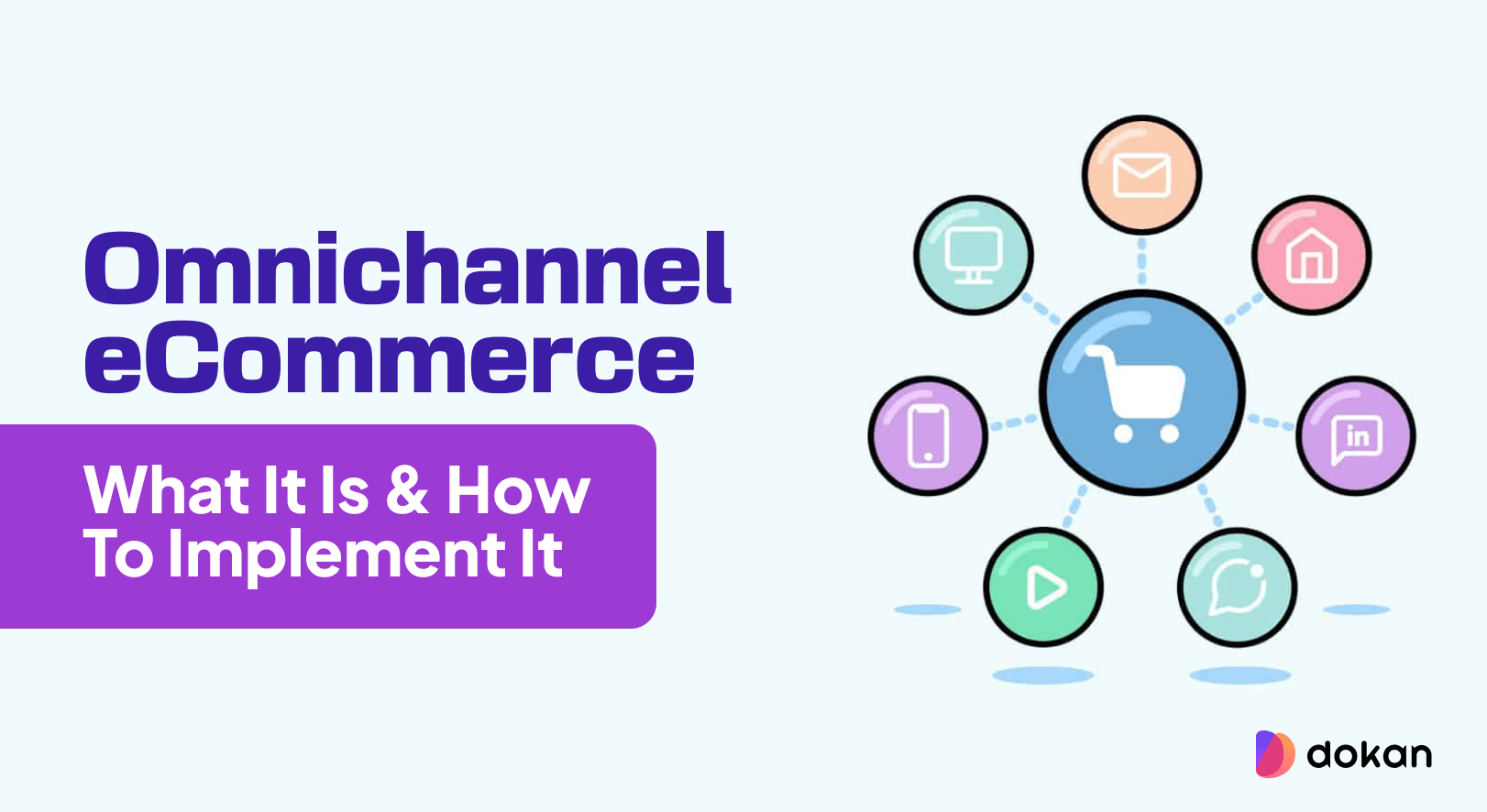

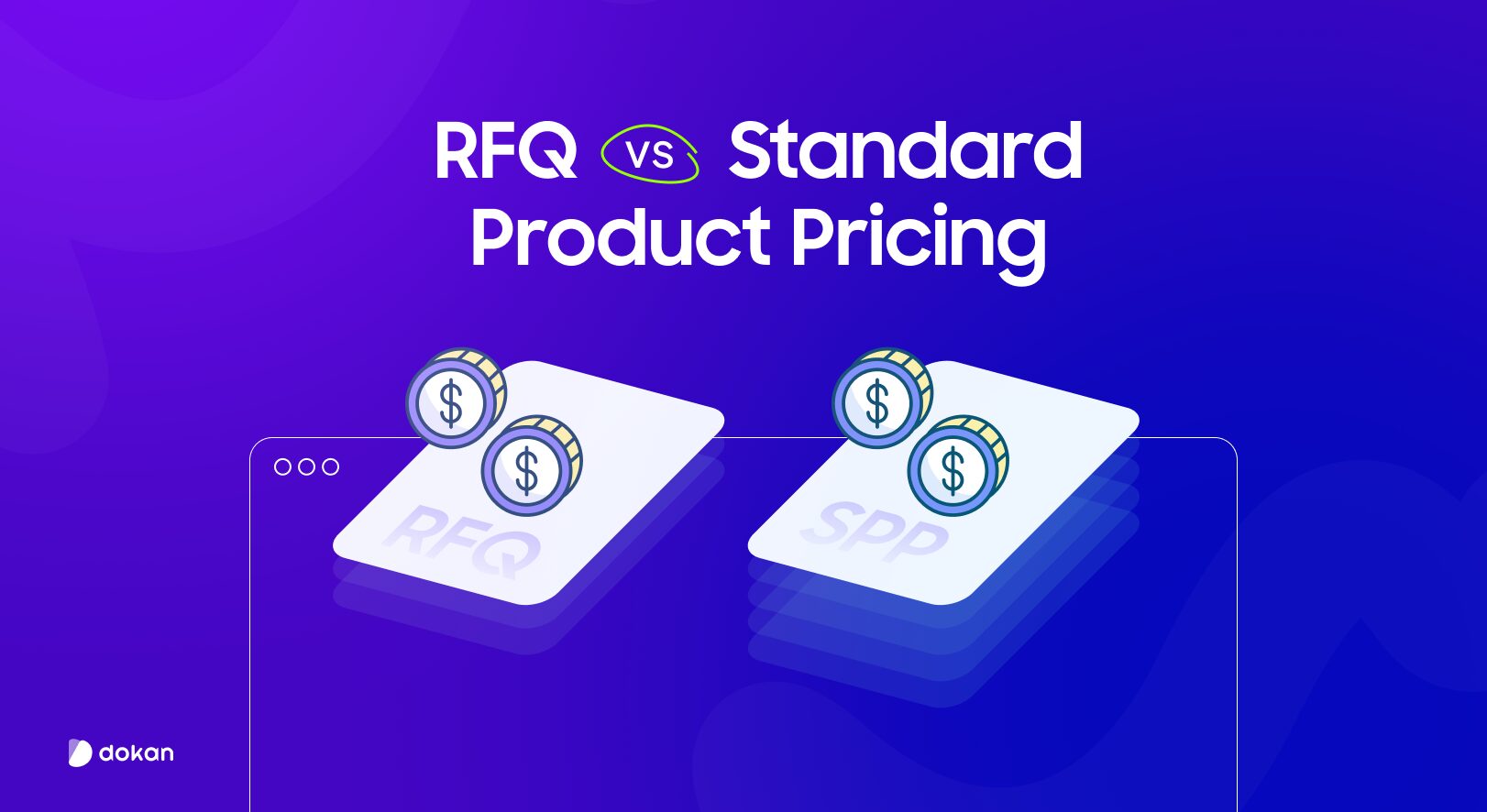
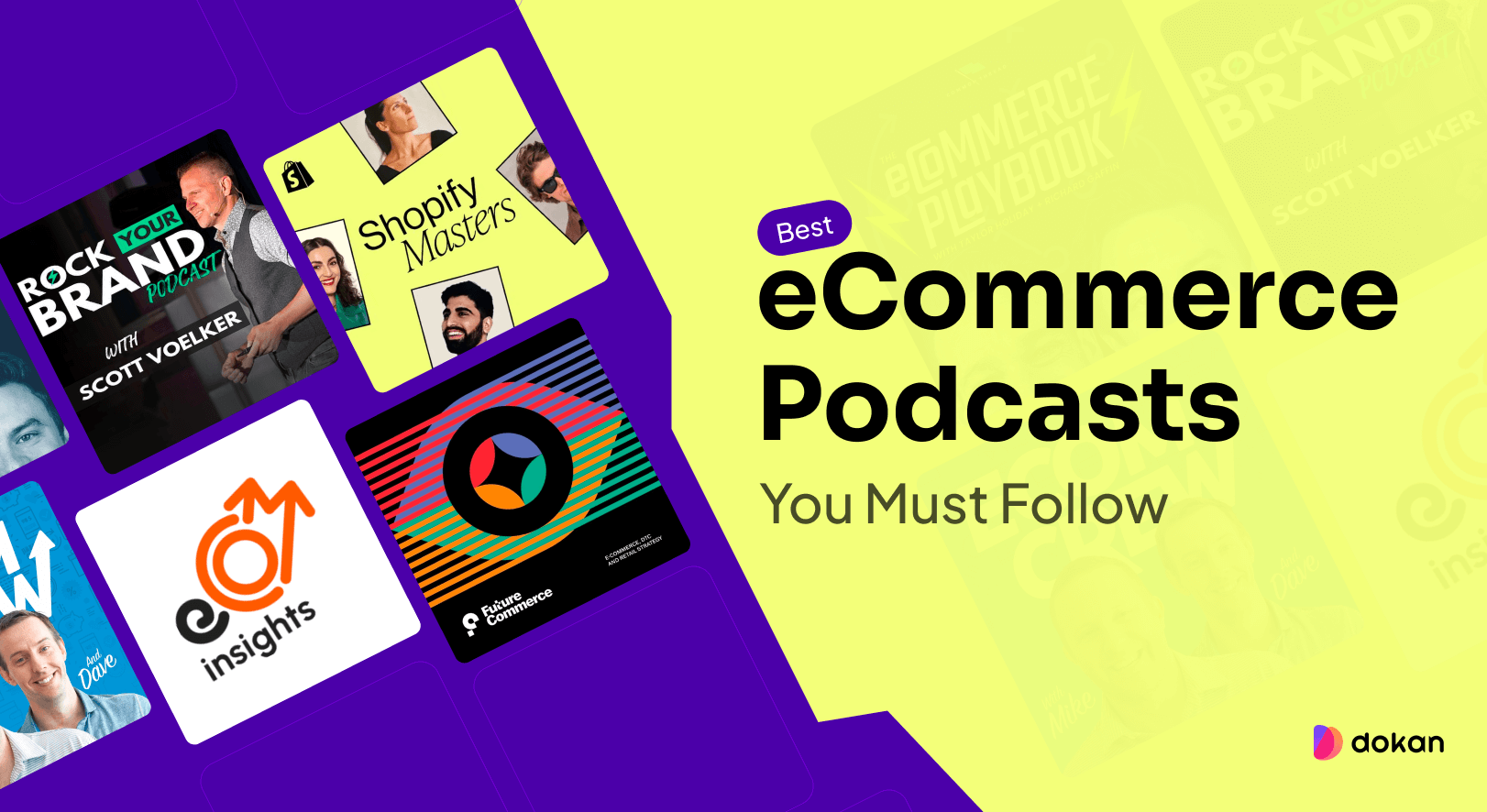


Leave a Reply